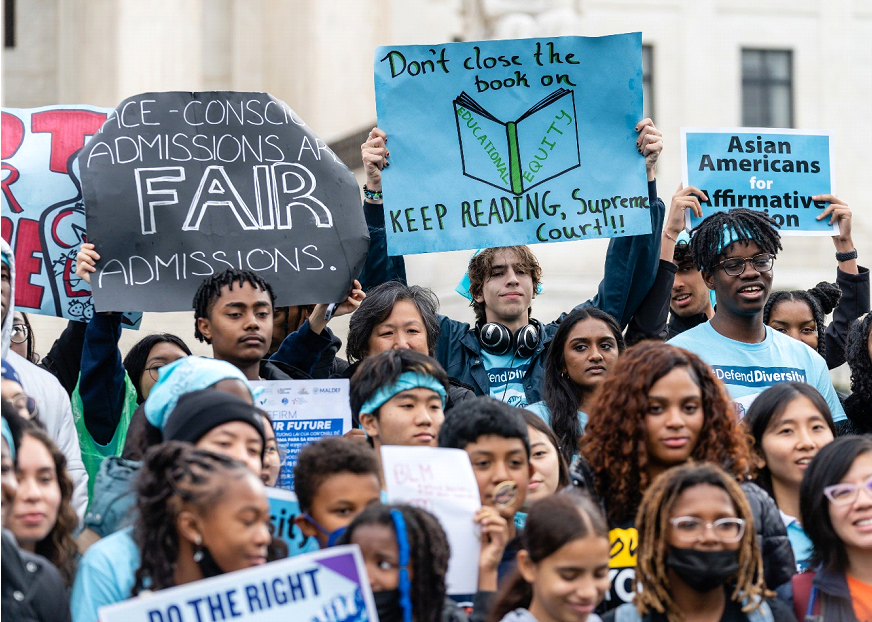US Raises Concerns and discussions have been stirred by the recent US Supreme Court decision signaling the end of racial affirmative action in university admissions.
Affirmative action has long been a policy intended to improve historical injustices. Recent legal disputes involving Harvard and the University of North Carolina have significantly reduced this practice, nevertheless.
Supreme Court Ruling
The Civil Rights Act’s Title VI, which outlaws racial discrimination, was cited by Students for Fair Admissions as evidence in the court’s decision to rule against these universities.
It is crucial to remember that affirmative action goes beyond racial boundaries and has helped several oppressed groups, including women and people with disabilities.
Misconceptions of Affirmative Action
Unfortunately, it is a common misconception that Black kids are the only ones who benefit from affirmative action. This misunderstanding has stoked heated dialogue and divided communities. To promote negative racial stereotypes and encourage anti-Black attitudes, Asian students have been made to believe that they are underrepresented in college admissions in favor of Black students.
Meritocracy Myth
The meritocracy, which is the cornerstone of the American dream, is maintained, according to the ruling’s supporters, including Yukong Zhao, president of the Asian American Coalition for Education.
The concept of a meritocracy, however, ignores the sociopolitical realities that give rise to injustices. Affirmative action programs like donor preferences and legacy admissions, which are important in admissions and contribute to a lack of diversity, are also ignored in the focus on race as the scapegoat.
Justice Thomas’s Contradiction
Ironically, affirmative action has helped people who reject it as well. As part of the affirmative action movement, which aimed to enhance Black student representation, Justice Clarence Thomas, an outspoken opponent of the policy, was admitted to Yale. This emphasizes how hypocritical the situation is.

